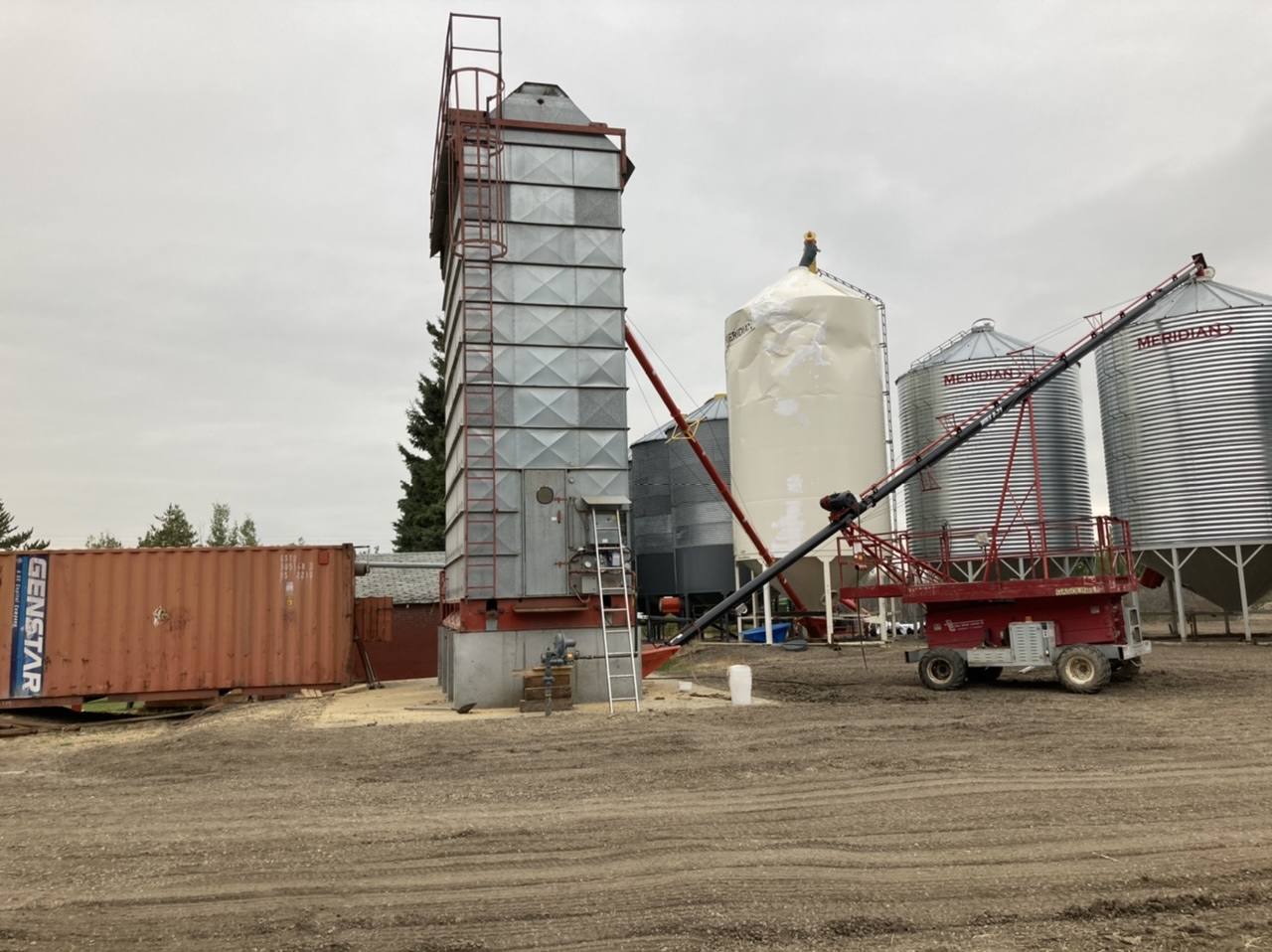Originally posted by megrizzly
View Post
That is $180/acre on barley, $115/acre on canola, and $420-$945/acre on oats.
Have found in our area, you are better off waiting than not. Seems if the crop comes up and suffers from the cold, it is a laggard all year. Again, a “here†thing.
You pay a little on the tail end with fighting the later fall weather some years, but as you can see, you have to lose big time in fall to bring this years yield differential back to even.

Comment